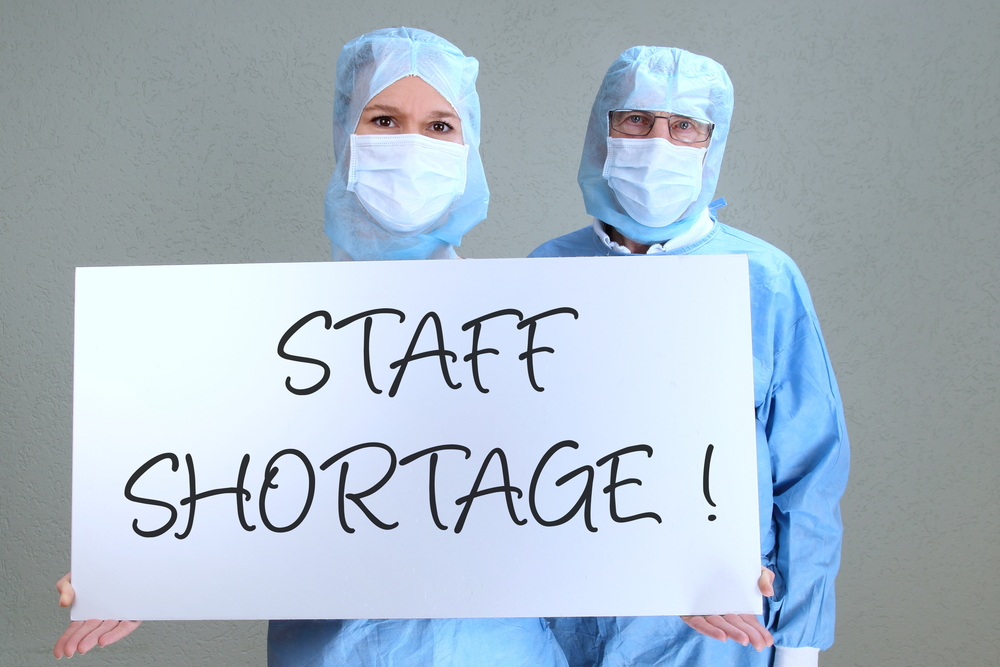



Get new exclusive access to healthcare business reports & breaking news




When deciding upon a place to live, among the important considerations besides appropriate housing and job opportunities, is access to healthcare. This will become an even more critical consideration in the years to come. The US is facing a severe doctor shortage in various parts of the country which will only get worse over time according to a recent report from the Association of American Medical Colleges.
But not all parts of the US are created equal and, as a result, the distribution of doctor shortages will also be uneven.
In the long term, large US cities will not face the most severe repercussions of the projected doctor shortage. Urban areas tend to have the largest and most renowned clinical hospitals and the highest concentration of qualified healthcare professionals.
In contrast, US rural areas are already experiencing acute doctor shortages, especially among general surgeons. In addition to other social issues, this factor is one reason rural areas are at risk of further depopulation.
As of 2018, one in three practicing physicians in the U.S. is over the age of 65 and close to retirement.
Furthermore, six in ten doctors say it is likely many of their colleagues will retire in the next one to three years. The baby-boomer generation, which is increasingly affected by Alzheimer’s and other neurological diseases, includes many physicians.
According to a 2018 survey published by statista.com, there are 501,296 specialist physicians nationwide. Of these, surgeons comprise the third largest specialty (51,927), following psychiatrists (53,678) and emergency medicine specialists (53,018).
According to Reuters, the general surgeon shortage in the U.S. is expected to become worse, since the number of doctors graduating each year is not keeping up with population needs. Additionally, the Association of American Medical Colleges predicts that general surgery will probably be among the hardest hit specialty, with a shortage of 21,400 surgeons by 2020. The number of practicing general surgeons is expected to fall to 30,800 by 2020, down from 39,100 in 2000.
Recruiting general surgeons to work in rural areas is another challenge facing the profession. It recently took Island Hospital of Anacortes, WA about a year to fill a general surgery position. In the meantime, not having a general surgeon when needed was costly and put a strain on surgical volume, says its CEO Mr. Vince Oliver.
There is debate over the correct method to use when seeking to determine the severity of the surgeon shortage. Questions about measurement validity arose because the need for specific medical specialties might vary from one region to another, or even in correlation with a population’s age, lifestyle, etc.
The data on specialty shortages generally uses the ratio of general surgeons per 100,000 people. This method might not be the best to use when determining whether a general surgeon is needed, especially when comparing urban to rural areas.
In rural areas, general surgeons perform a wide variety of medical procedures because there are fewer medical staff to cover the spectrum of surgical subspecialties. In contrast, in large urban areas, a specialist is usually within easy reach to perform each type of specialty procedure. Some rural areas need a larger number of general surgeons simply because each surgeon is expected to meet the vastly varied needs of the community.
As a result, when comparing the needs of urban and rural populations by using the general surgeons to 100,000 population ratios is like comparing apples to oranges.
Researchers predict shortages based on estimates of population growth and the number of medical schools and hospital-sponsored general surgery trainee positions in the U.S healthcare system.
Researchers calculate that by 2050, there will be a deficit of 7,047 general surgeons nationwide. In 2008, it was projected that the surgeon deficit would grow to 6,000 (19%) by 2050. A study published on Science Direct recently reexamined that prediction. Trends in population growth, certification and General Surgery Residency were consulted.
Specialists reviewed Census Bureau data to get predictions about population growth, and determined the potential number of medical students who would become general surgeons. This last number was obtained by taking into account the American Board of Surgery certificates, residents completing Accreditation Council for Graduate Medical Education–approved General Surgery Residency, and combined American Board of Surgery and osteopathic certificates averaged from 2007–2016.
By 2050, the U.S. population is expected to be 439 million, 19 million more than prior projections. Based on data from the American Board of Surgery, General Surgery Residency graduates, and American Board of Surgery and Osteopathic (American Osteopathic Association) between 2007 and 2016, slightly more than 1,000 certifications were granted per year.
If this trend continues, by 2050 the general surgical workforce will be short about 7,047 (21%) positions based on American Board of Surgery certificates; 4,917(15%) based on General Surgery Residency completions; 5,037 (15%) when based on combined American Board of Surgery and American Osteopathic Association certificates; and 57 (>1%) based on a 75 position hypothetical expansion of general surgeons training by 2021.
Of course, the projected numbers are likely to change in future years–as they did during the past decade.
One point is clear, though: the general surgical workforce size will be ever smaller in relation to the population unless training is altered to encourage rural work assignments.
Roughly a quarter of all U.S. practicing doctors are foreign-trained, and recent changes of U.S. immigration policies will negatively impact the numbers of doctors and medical students entering the country.
It is therefore not difficult to foresee the negative impact on the entire healthcare system, making the present doctor shortage even worse.